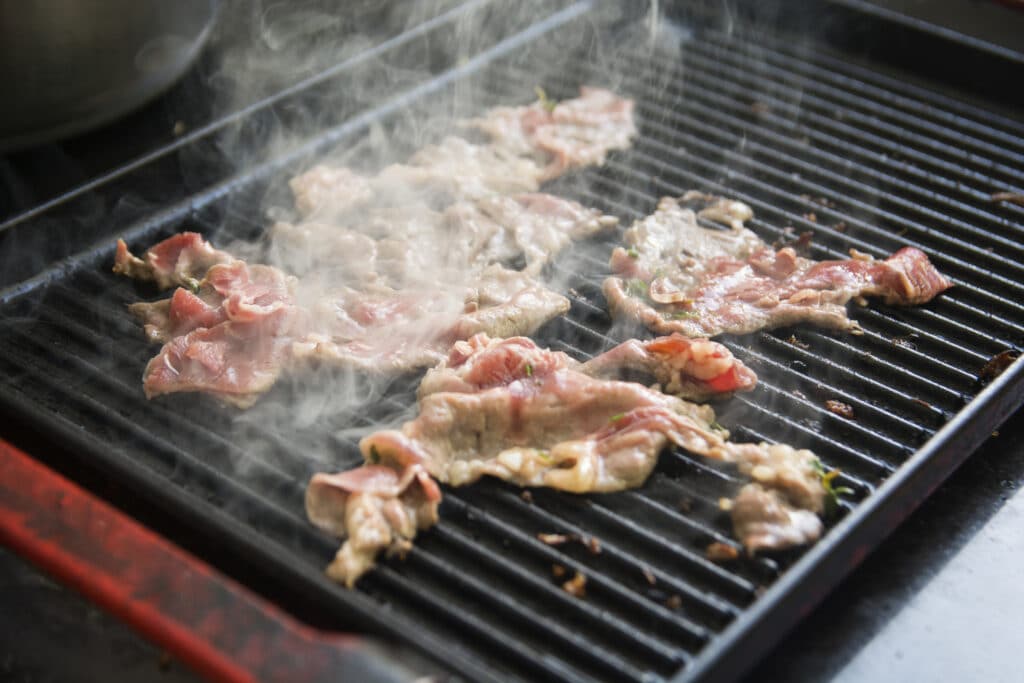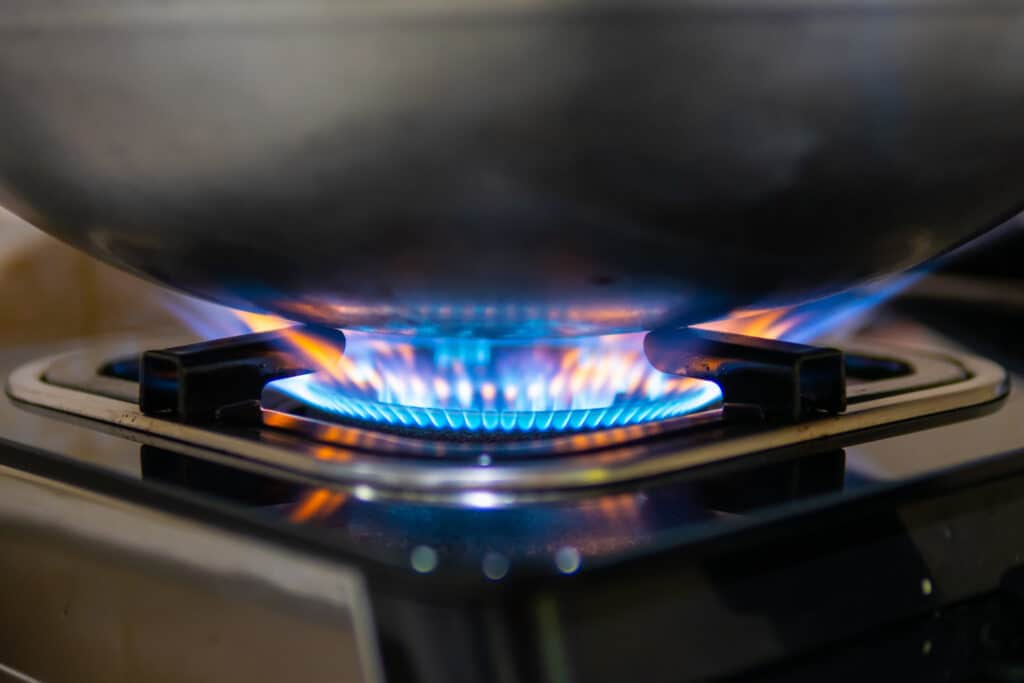
Many people know what it looks like when food is browning when they cook it, but likely do not know the scientific name of the process. The “Maillard reaction” is the chemical reaction that happens when food, such as meat, is being cooked and the colour changes. The Maillard reaction is also the process where flavour becomes evident, and occurs most frequently when food is being cooked at a high temperature. Without the reaction happening at the correct level of heat, there will be significantly less flavour present in the food being cooked.
Here’s what food technology students should know about the Maillard reaction, and why it’s an important process for various types of food.
The Maillard Reaction Explained for Students in Food Technology Courses
The Maillard reaction was named after Louis Camille Maillard, a French chemist who published a report in 1912 describing the interactivity between amino acids and sugars while cooking. When the Maillard reaction takes place, a reducing sugar and an amino acid interact with one another to trigger a chemical reaction that is facilitated by adding a sufficient amount of heat. This leads to the creation of molecules, and hundreds more of them are generated as the proteins and sugars increasingly bond with one another. During this process, various changes within the food being cooked happen that those studying food quality assurance and quality control should be aware of, such as:
- The ability for the consumer to digest proteins, such as amino acids
- The function and structure of proteins
- The organoleptic properties of the food
- The food’s colour

The Maillard reaction is what gives meat its browning effect
The Maillard reaction is a complex process, but it can be simplified somewhat by describing it as a series of chemical reactions that lead to changes in the colour, flavour, and smell of the food. All of this is triggered by the interaction between heat and a food product’s sugars and proteins. The flavour that results from the Maillard reaction is decided by the amino acid involved during the process.
Moreover, there are a wide range of flavour compounds that are generated by this reaction, which create more compounds as they are repeatedly broken down. The colour of the food gets darker, as well, due to the formation of molecules known as melanoidins. For the Maillard reaction to be effective, the temperature must exceed 285°F (140°C). In other words, the reaction cannot happen if you are cooking at the maximum temperature of boiling water (212 °F, 100°C). However, the effect can happen at a lower heat level, but only if it has been cooking at a simmer for a prolonged stretch of time.

The temperature must exceed 285°F for the Maillard reaction to be effective
Why This Reaction Matters and the Types of Food It Involves
With food such as meat (e.g. steak), coffee, and bread in particular, the Maillard reaction is critical for giving these consumable items the distinct flavours they are known for. Students doing their food technology training can expect to learn about the chemistry of food, and how the molecular behaviour of these chemical processes affects food as it is being cooked and prepared for consumption. It’s also worth mentioning that the Maillard reaction is not the only one that can produce a browning effect. However, the one created by the Maillard reaction is distinct in how it causes sugars and amino acids to interact and arrange themselves in ways that lead to the smells, flavours, and colours of the food once it has been fully cooked.
Various types of food have flavours and colouring as byproducts of the Maillard reaction. These include:
- When bread is browned into toast
- Coffee and beer getting its colour
- Roast meat gaining its flavour
- The colouring of condensed milk
The colour of coffee is also the result of the Maillard reaction
When enough heat is applied within enough time, the food being cooked will gain moisture and flavour, as well as new aromas. In order for the Maillard reaction to be at its best, it’s recommended that those cooking meat make sure it is dry prior to cooking, so that the frying pan spends less time taking moisture away and more time giving the meat its browning effect. The ultimate objective through the Maillard reaction is to give food and drinks the flavours that make them taste good to consumers.
Want to enroll in food technology courses?
Contact the Academy of Applied Pharmaceutical Sciences to find out more!



